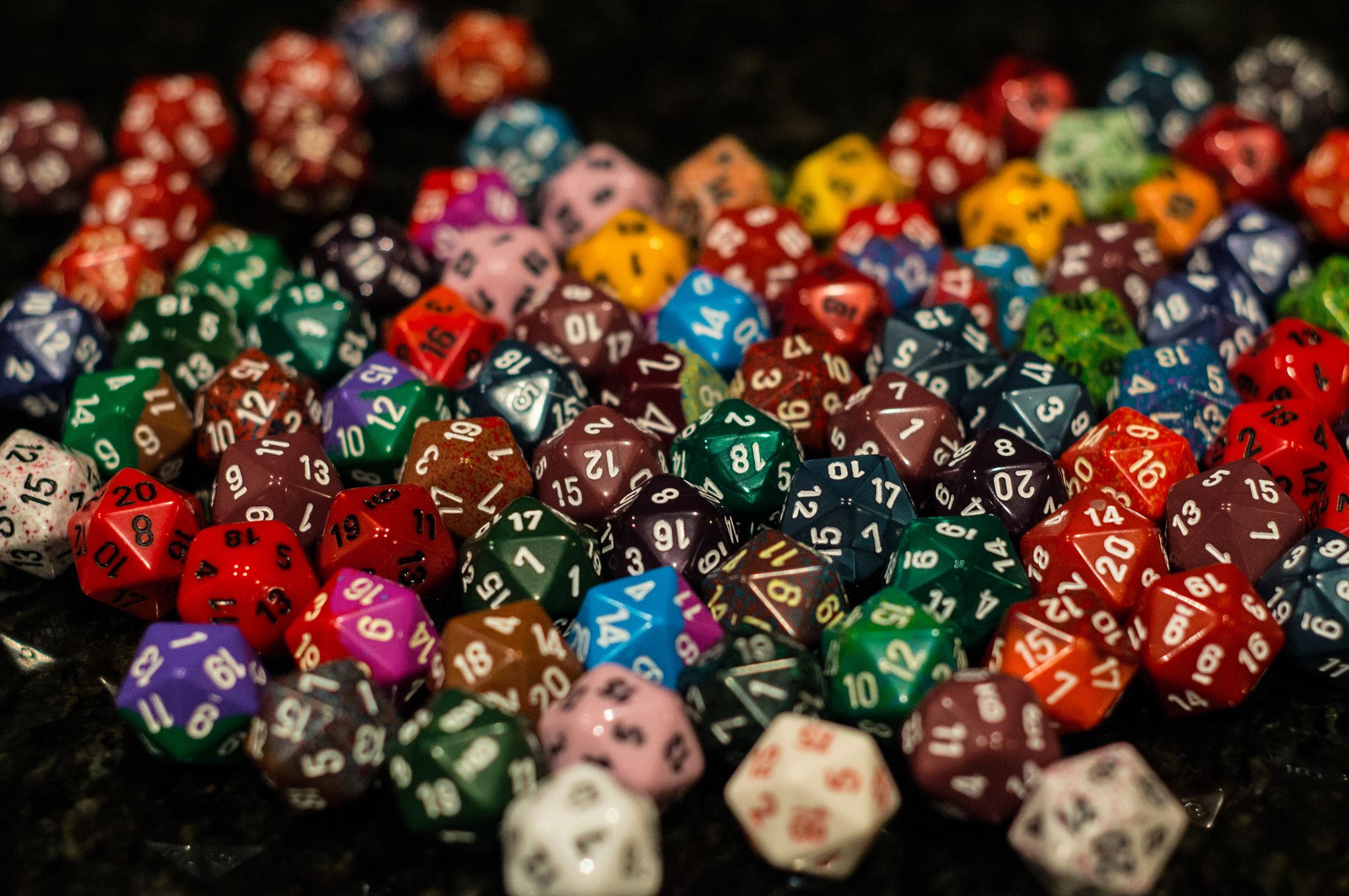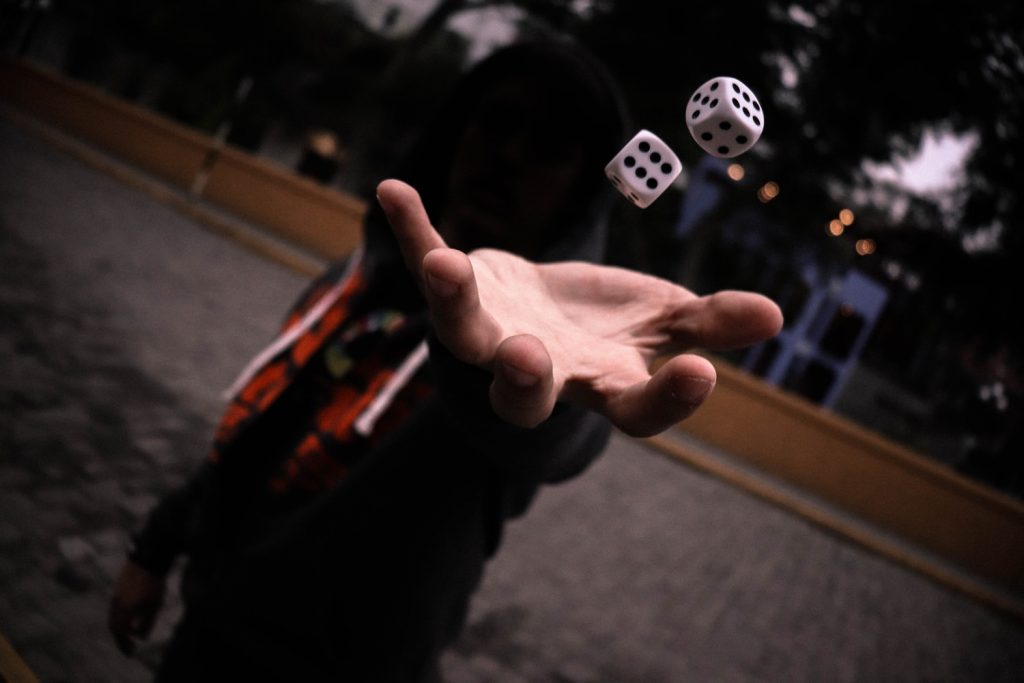
Dice: How gambling was born
Dice is the world’s first gambling game. It captured the minds of gamblers thousands of years before Christ. In the twenty-first century, its popularity endures. Dice can be played at family and friendly gatherings, as well as at expensive casinos.
Where did it all begin?
To this day, scientists have no consensus on the date and reasons for the dice’s existence. The assumption is that people were originally convinced of the magical powers of the smaller items and gave them a sacred significance. The Greeks, the Indians or the Egyptians may have invented them as a means of divination, to interpret events in accordance with the symbols drawn. Inaccuracies about the origin of the bones are due to the wide geography of archaeological finds. They have been found in the settlement sites of the ancient Sumerians, in the territories of ancient Tibet, and in the tombs of the Egyptians.
The first mention of the use of bones as a game object belongs to Sophocles. He wrote about the Evbeian hero Palamedes, who “…taught his army to play draughts and dice. This clever sport helped warriors to defuse boredom and pass the time in an entertaining way.
There is another assumption about the invention of dice by the Lydians. In the 2nd millennium BC, the inhabitants of Asia Minor were faced with severe hunger. A fascinating game helped distract them from their constant thoughts of food. Even a schedule was devised: one day they were allowed to eat and the next day only to play. The small amount of food would thus last longer.

Fakes and scientific discoveries
The remains of various animals were used as material for the elements. The urge to bluff was not alien to ancient people. They tried to create uneven elements, made one side heavier than the others and used other tricks to increase the chances of beating the opponent.
One day Aristotle, who tried to describe all processes scientifically, became interested in dice. He was attracted by the gamblers’ desire for certain combinations. Long observations and calculations allowed to prove that the situation is largely governed by chance. And found laws he told the players, thus increasing the probability of getting the desired result. The philosopher’s research also led to the formation of the ‘science of possibilities’, which later evolved into probability theory.
Popularisation of entertainment in European territories
Medieval Europe had an extremely negative attitude towards bones, and until the fourteenth century the Church forbade people to interact with these tools. In the XV century, pirates and sailors restored the game’s former popularity when they played it in pubs in England. The hobby then became popular in saloons and hotels in France, as well as in the United States. Wealthy people liked to pass the time with gambling. The 18th century saw the appearance of dominoes in the Chinese regions.
In Kievan Rus, gambling was also popular. Dice were popular even before Christianity was established in the territories. Later, the passion for the pastime did not die out, but unlike in western regions, the lower strata were also fond of it. In the sixteenth and seventeenth centuries, people liked to play grains with black and white knuckles. Pre-arrangements determined the combination that would bring the winnings. During times of war redistribution, dice served as entertainment, but could also serve as an analogue of the lot and determine the result of a dispute or fix the rules of land division.
The evolutionary progression of dice
Dice have evolved a lot over the millennia. At first, animal joints were used to create them (the shape with facets was very convenient). Then there were carvings from wood, fruit bones, metal and other improvised parts. The nobility used porcelain and silver cubes. Nowadays plastic is often used to make them.
Pyramid-shaped playing pieces have been found in Iran. Ancient Greeks liked astragals – four-sided figures with hollows. Analogues of modern knuckles with different number of sides (up to 24) were found in Chinese lands. There was a precedent of making figures with 100 faces. The change in shapes, shades and materials has not prevented the dice from remaining popular in the spheres of gambling, role-playing and strategic entertainment.
